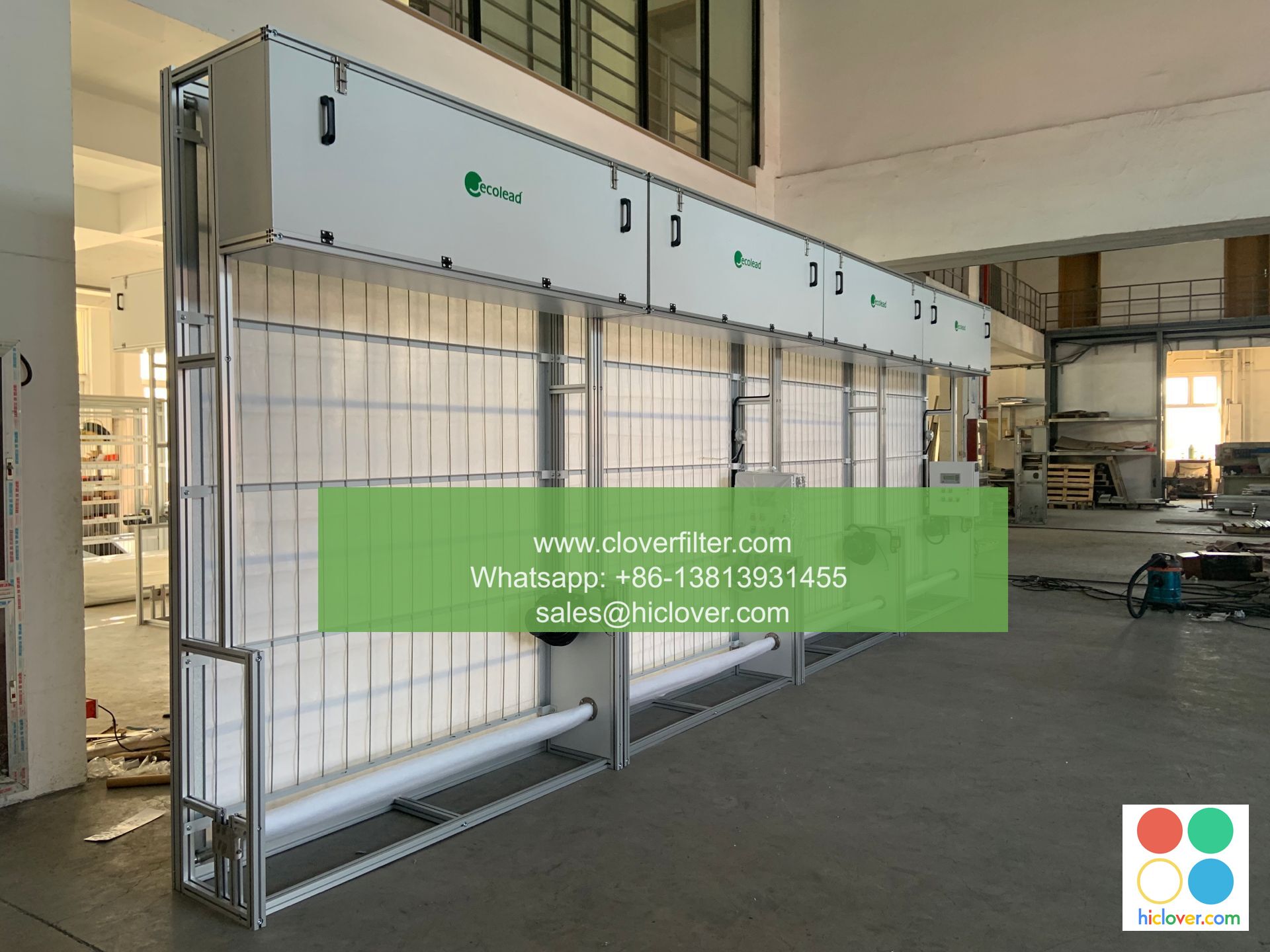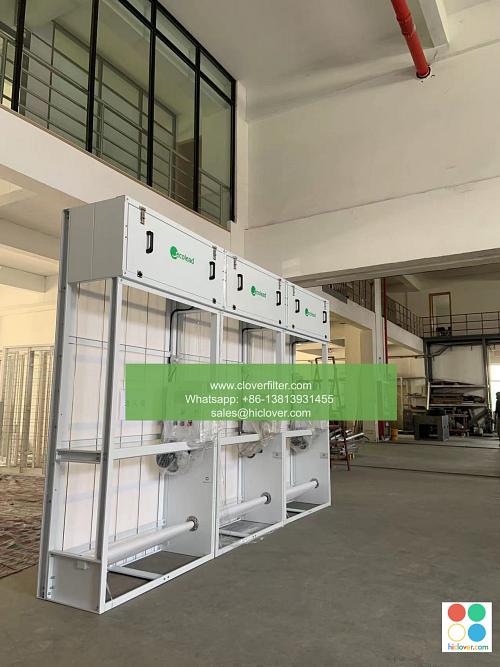The Role of Air Filters in Reducing Radon Gas

Radon gas is a naturally occurring, radioactive gas that can accumulate in buildings and pose significant health risks to occupants. Prolonged exposure to radon gas has been linked to an increased risk of lung cancer, making it essential to implement effective mitigation strategies. One crucial component in reducing radon gas levels is the use of air filters. In this article, we will delve into the role of air filters in mitigating radon gas and explore their applications in various settings.
Understanding Radon Gas and its Health Risks
Radon gas is a colorless, odorless, and tasteless gas that emanates from the decay of uranium in soil, water, and rocks. It can seep into buildings through cracks and crevices in the foundation, walls, and floors, accumulating in indoor air. The Environmental Protection Agency (EPA) estimates that radon gas is responsible for approximately 21,000 lung cancer deaths annually in the United States. The World Health Organization (WHO) also recognizes radon gas as a significant health risk, recommending that indoor radon levels be kept below 100 Bq/m³.
The Role of Air Filters in Radon Gas Mitigation
Air filters play a vital role in reducing radon gas levels in buildings. By capturing radon gas and its progeny, air filters can help minimize the health risks associated with radon exposure. There are several types of air filters that can be effective in reducing radon gas, including:
* Activated Carbon Filters: These filters use activated carbon to adsorb radon gas and its progeny, reducing indoor radon levels.
* High-Efficiency Particulate Air (HEPA) Filters: HEPA filters can capture 99.97% of particles as small as 0.3 microns, including radon gas and its progeny.
* Charcoal Filters: Charcoal filters can also be effective in reducing radon gas levels, although they may require more frequent replacement.
Application Areas for Air Filters in Radon Gas Mitigation
Air filters can be applied in various settings to reduce radon gas levels, including:
* Residential Buildings: Air filters can be installed in residential buildings to reduce radon gas levels and minimize health risks.
* Commercial Buildings: Air filters can also be used in commercial buildings, such as offices, schools, and hospitals, to reduce radon gas levels and protect occupants.
* Industrial Settings: Air filters can be used in industrial settings, such as mines and construction sites, to reduce radon gas levels and minimize health risks.
* Public Buildings: Air filters can be installed in public buildings, such as libraries and community centers, to reduce radon gas levels and protect occupants.
Benefits and Limitations of Air Filters in Radon Gas Mitigation
The use of air filters in radon gas mitigation has several benefits, including:
* Easy Installation: Air filters are relatively easy to install and maintain.
* Cost-Effective: Air filters can be a cost-effective solution for reducing radon gas levels.
* Flexibility: Air filters can be used in various settings and can be customized to meet specific needs.
However, air filters also have some limitations, including:
* Filter Replacement: Air filters require regular replacement to maintain their effectiveness.
* Filter Efficiency: The efficiency of air filters can vary, and some filters may not be effective in capturing radon gas and its progeny.
Conclusion
In conclusion, air filters play a crucial role in reducing radon gas levels and minimizing health risks. By understanding the role of air filters in radon gas mitigation and exploring their applications in various settings, we can better protect occupants from the risks associated with radon exposure. While air filters have some limitations, they remain a vital component in radon gas mitigation strategies. As we continue to develop and improve air filter technology, we can expect to see even more effective solutions for reducing radon gas levels and promoting indoor air quality. You haven’t provided a question or topic for me to address. Please provide more context or information so I can assist you better. What would you like to talk about or ask?

